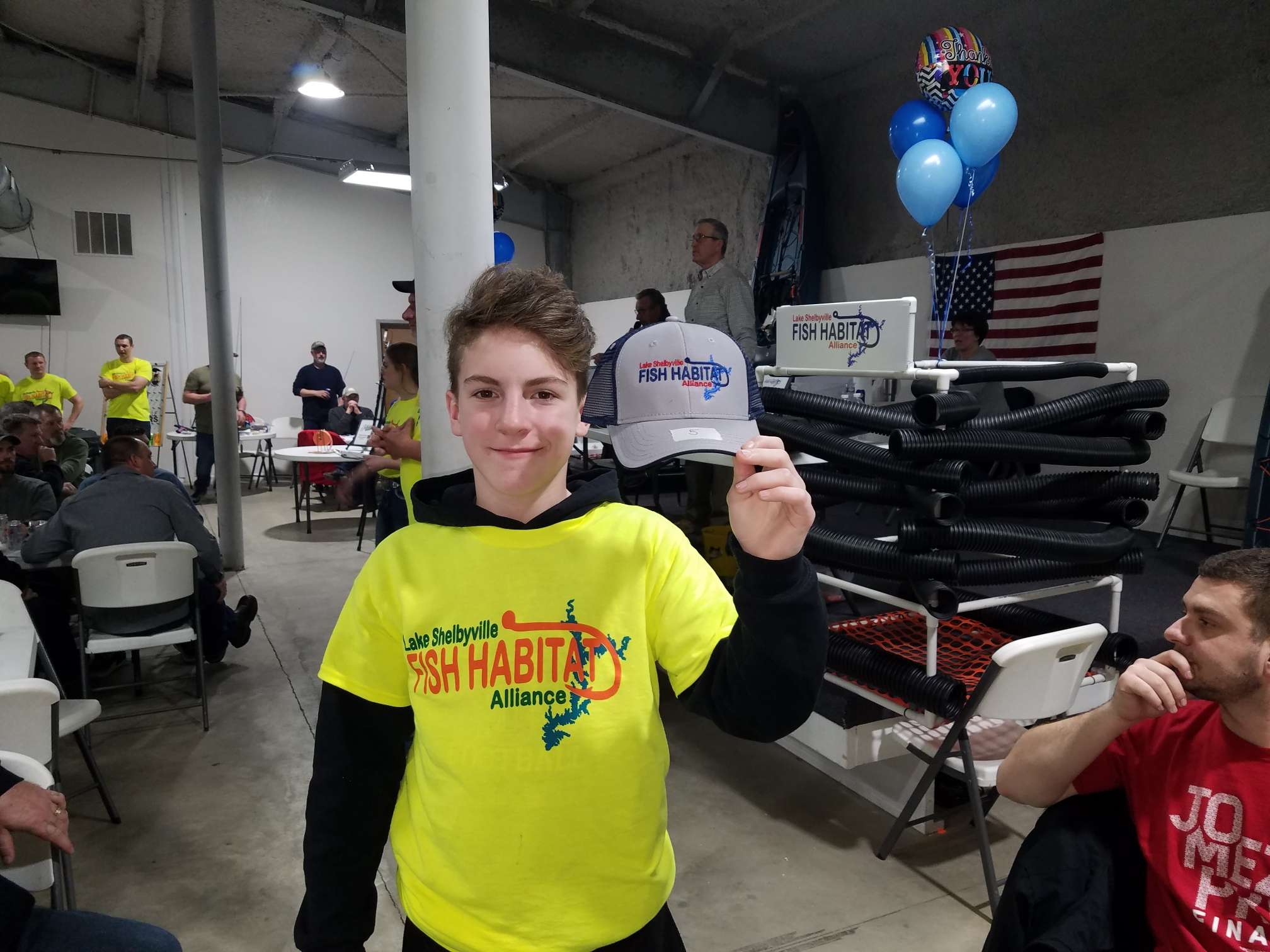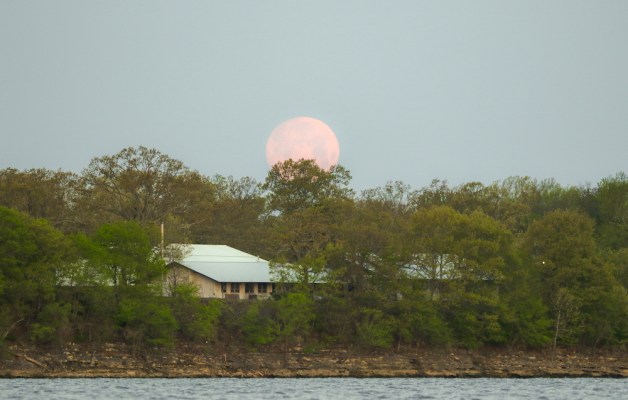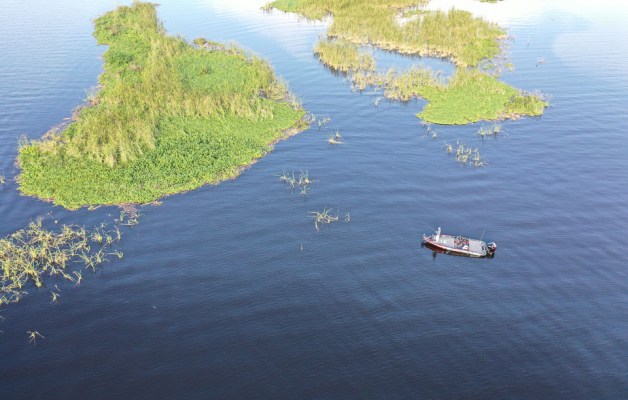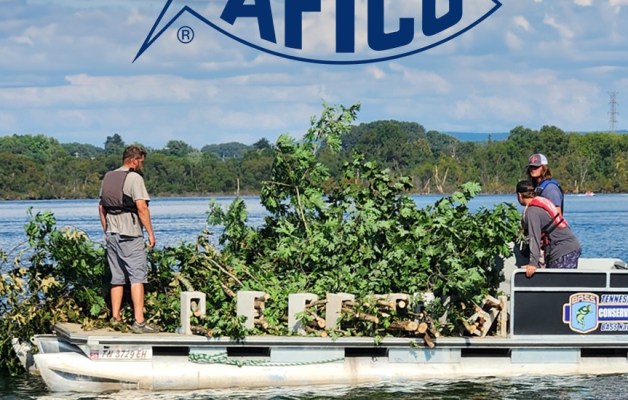
SHELBYVILLE, Ill. – The Lake Shelbyville Fish Habitat Alliance (LSFHA) continues to provide an evolving blueprint for bass clubs and other angling groups across the nation to improve their home fisheries.
The alliance’s latest achievement was a Feb. 23 fundraising dinner banquet to raise funds for habitat improvements on Illinois’ 11,000-acre Lake Shelbyville. And organizers were thrilled with the results, as 290 attended and more than $20,000 was raised via admission tickets, raffles and auctions of kayaks, artwork, fishing tackle and equipment, among other items.
Terry Brown of the popular Wired2Fish website and Illinois fisheries chief Mike McClelland were guest speakers, while Richard Glazebrook, retired site superintendent for Eagle and Wolf Creek state parks, served as master of ceremonies.
“We had no clue how well it would be received,” said Kevin Robertson, a member of both LSFHA and B.A.S.S. “We modeled it after banquets held by Ducks Unlimited and the National Wild Turkey Federation, with the hope that the formula would work.”
And it certainly did, he added, because of enthusiastic support from the Illinois Department of Natural Resources (IDNR), the Army Corps of Engineers, local communities and volunteers. Robertson also credited Martin “Chip” Christensen of Chip’s Marina with being catalyst for the banquet, just as he was with formation of the alliance.
“The re-occurring theme of the night was that 100 percent of the proceeds are going directly to fish habitat at Lake Shelbyville,” the LSFHA said in a press release. “The excitement of that reality was evident in the generosity, not only of the donors who provided prizes for the banquet, but also in the overwhelming support of the attendees.”

The banquet follows closely on the alliance becoming a Friends of Reservoirs chapter and earning a $30,000 grant for habitat work for the project that began in 2017.
Additionally, LSFHA schedules several days a year for volunteers to help build specially designed habitat cubes and other structures. And a habitat improvement day occurs annually, when anglers help IDNR and Corps place Christmas tree brushpiles and manmade attractors. This year’s event was set for March 16.
Robertson added that the alliance is “trying to establish some aquatic vegetation and some of the monies will be directed toward that end. Rockpiles also have been discussed.”
IDNR biologist Mike Mounce explained that vegetation efforts likely will be expanded in 2019. “We have been utilizing spatterdock, American pond weed and wild celery/eel grass,” he said. “We may add in coontail and additional pondweeds.” Bulrush and water willow are other possibilities.
To date, LSFHA has placed more than 400 cubes and artificial stumps, along with brushpiles.
“Five cube builds are scheduled for this year, with the goal of 250 more cubes and 125 stumps to benefit all species of fish,” the alliance said.
“The first build is already behind us with 70 cubes and stumps built on Feb. 15, with 44 volunteers in attendance.”
LSFHA also assists the Corps with harvesting of walleye and musky from nursery ponds for stocking and in the collection and transplanting of aquatic plants.
“The cubes and stumps have been extremely popular with fishermen,” the group said. “After each habit build and placement, aerial maps, along with GPS coordinates of the structures are made available to the public.”
For more information about the LSFHA, contact IDNR’s Mounce at (217) 345-2420 or Chip’s Marine at (217) 728-2610 or visit the alliance’s Facebook page.






